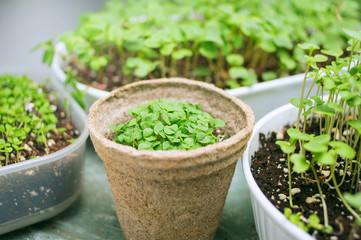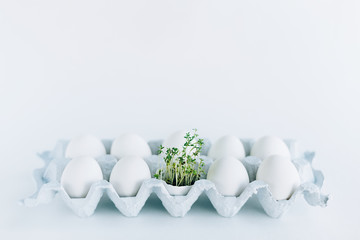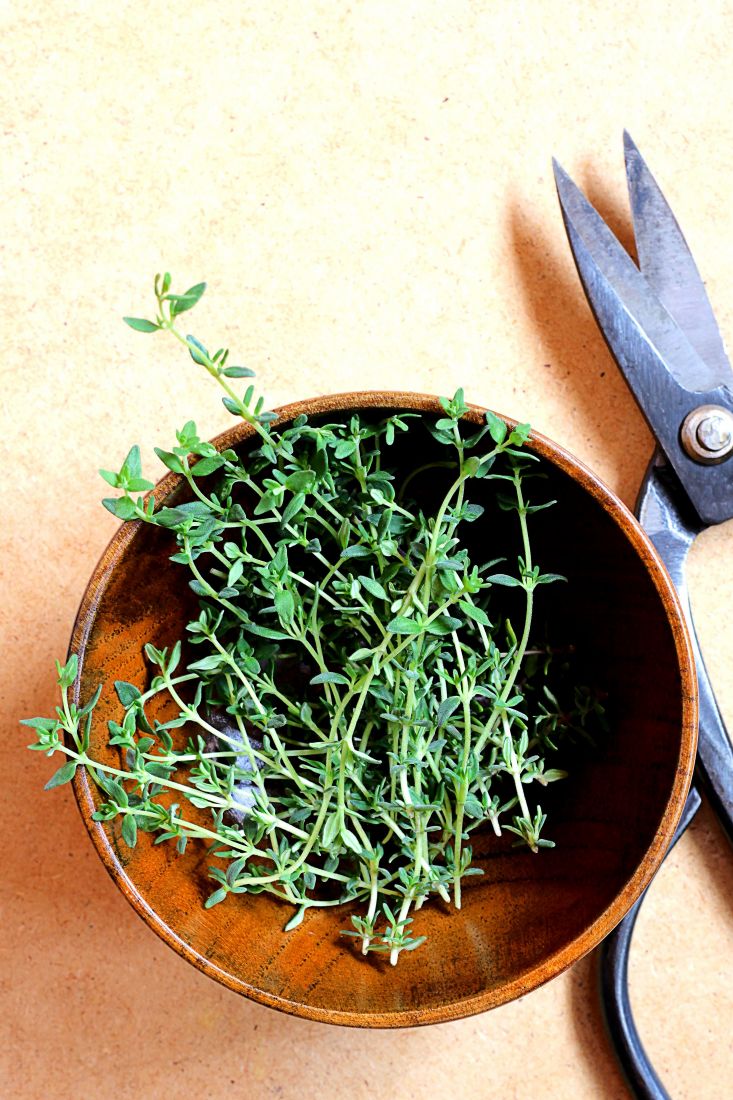Whether you have green fingers or not, let us shine some light on growing your own edibles.
When it comes to choosing what you want to grow, it’s always good to grow something that you use most. Once you have picked all the herbs you want to grow, the rest is easy. Here are just some of the culinary and micro herbs that you can grow in your garden or kitchen:
| Culinary Herbs: | Micro herbs: | |
| 1. | Basil | Lettuce |
| 2. | Bay | Kale |
| 3. | Chervil | Spinach |
| 4. | Chives | Radish |
| 5. | Cilantro | Beet |
| 6. | Dill | Watercress |
| 7. | Marjoram | Herbs |
| 8. | Mint | Greens |
| 9. | Oregano | Cabbage |
| 10. | Parsley | Mustard |
| 11. | Rosemary | Chia |
| 12. | Sage | Sunflowers |
| 13. | Thyme | Buckwheat |
Growing culinary herbs:

Let’s get started:
Location, location, location. This is one of the first things you will have to know. Where are the best spots for your herbs to grow? You’ll need a bright space, a large window, a sunroom or a room with natural light. (It’s also good to plant your herbs next to a tree so that it can cast some shade over the herbs).
Most of the herbs grow best with at least 5-6 hours of bright light, mint, parsley and chives do just fine with 4-5 hours of light.
When your plants are looking sad, move them to a location with more light.
#WinterTip:
- Next to the window might be too cold for some of the herbs.
- Light is less intense and more limited
- You might have to look into investing in a fluorescent light for the winter.
Container and soil:
You can choose any container that has draining holes and is at least 6 inches or larger. Pick a large container that so that there is room for the roots, especially if you want a bigger harvest.
You will need a fast-draining potting mix that will compact the soil and allow for smoother roots. Look out for a premium mix including perlite or vermiculite that will help loosen and aerate the final mix.
#WinterTip: Plants grow less active in the winter when there are lower levels of light so it will require less water.
#GrowingTip:
The water needs of the herbs changes depending on the size and type of the plant, container and the time of the year.
Basil, chives, mint and parsley needs to be slightly moist. The best way to check if your plants need water is to stick your finger one inch into the soil and if it feels dry, add some water.
Once your herbs have started growing actively, you may need to feed them with a liquid fertilizer every four weeks, you can use organic fertilizer instead of the liquid fertilizer every other month.
Growing Micro herbs:
What you will need for growing micro herbs:
- A sunny spot in a South-facing window.
- A shallow tray (Perhaps an old tupperware with a missing lid, or an egg tray)
- Micro seeds/Micro plants
- Spray Bottle – to water or mist the plants
OPTIONAL:
- A warm mat to speed germination
- A grow light
Let’s get started:
 Place an inch of organic potting soil in the bottom of a shallow tray or planter, smooth out the soil to be as even as possible.
Place an inch of organic potting soil in the bottom of a shallow tray or planter, smooth out the soil to be as even as possible.
Scatter a thin layer of micro seeds evenly on the soil. (#Tip, Soaking the seeds overnight will speed sprouting time – you could soak them in wet cotton wool).
Cover the seeds with a thin layer of soil and spray with water. Place them on a windowsill, near a window or your designated growing spot (or on the heating mat or under the grow light, if you are using these items).
Mist the seeds a couple of time a day, to keep the soil evenly moist.
Depending on the type of seed you are harvesting, they will be ready to harvest in 2 – 3 weeks.
 To use: Cut the microgreens right above soil level with kitchen shears. Rinse with water and add to a salad or to garnish almost any dish.
To use: Cut the microgreens right above soil level with kitchen shears. Rinse with water and add to a salad or to garnish almost any dish.
